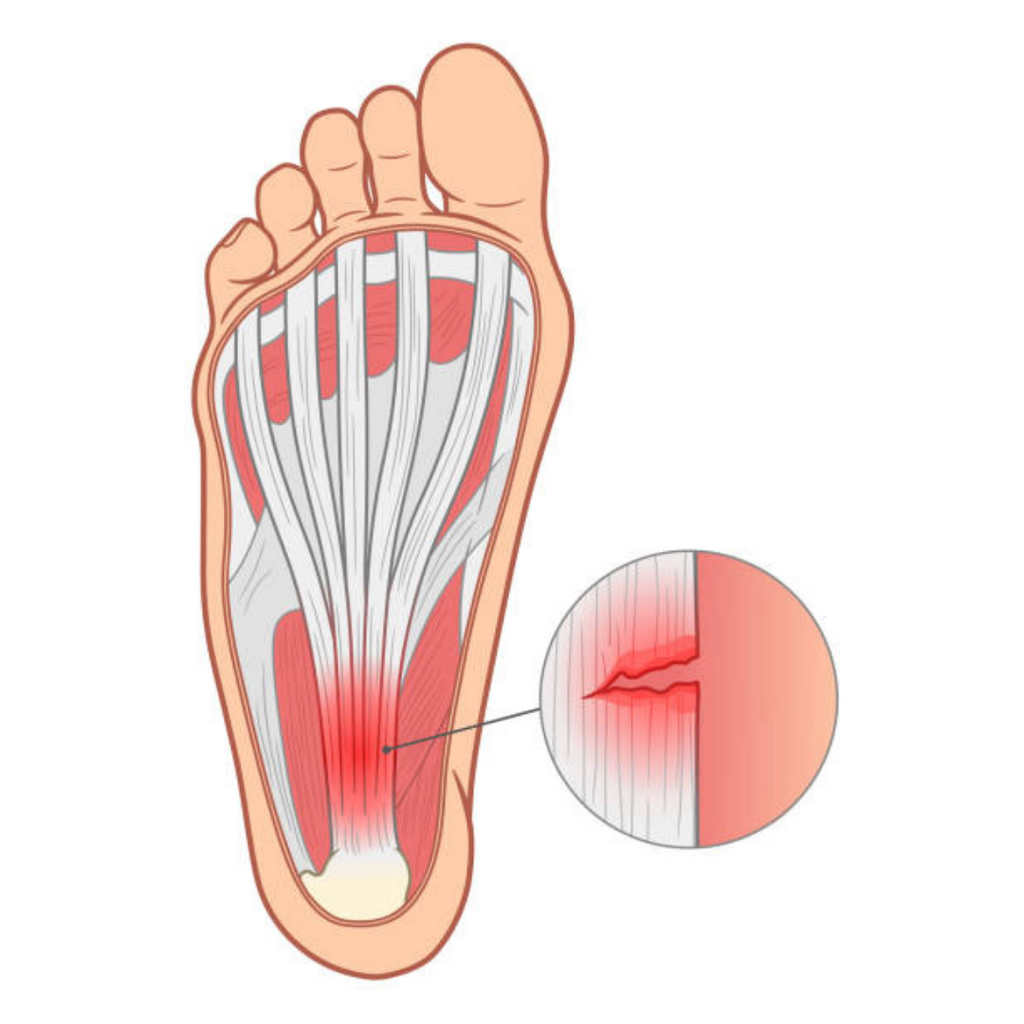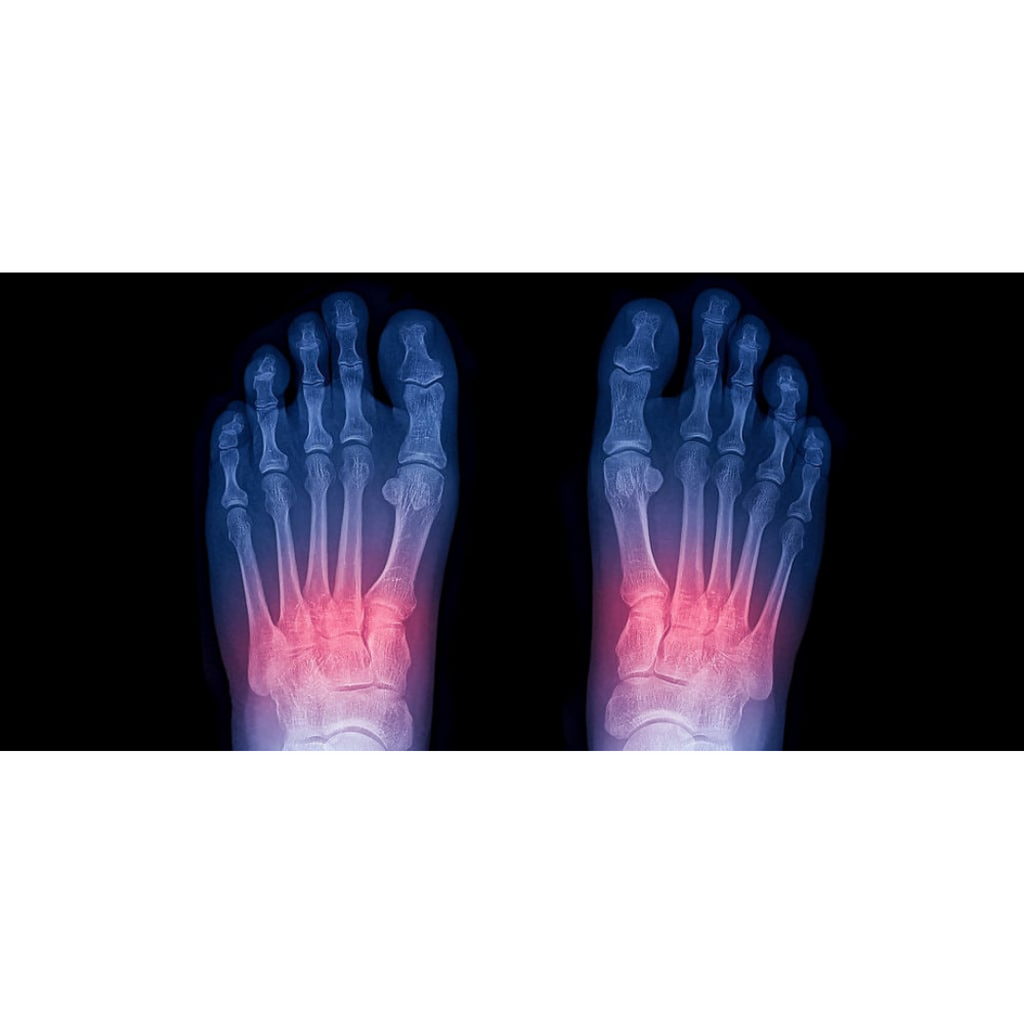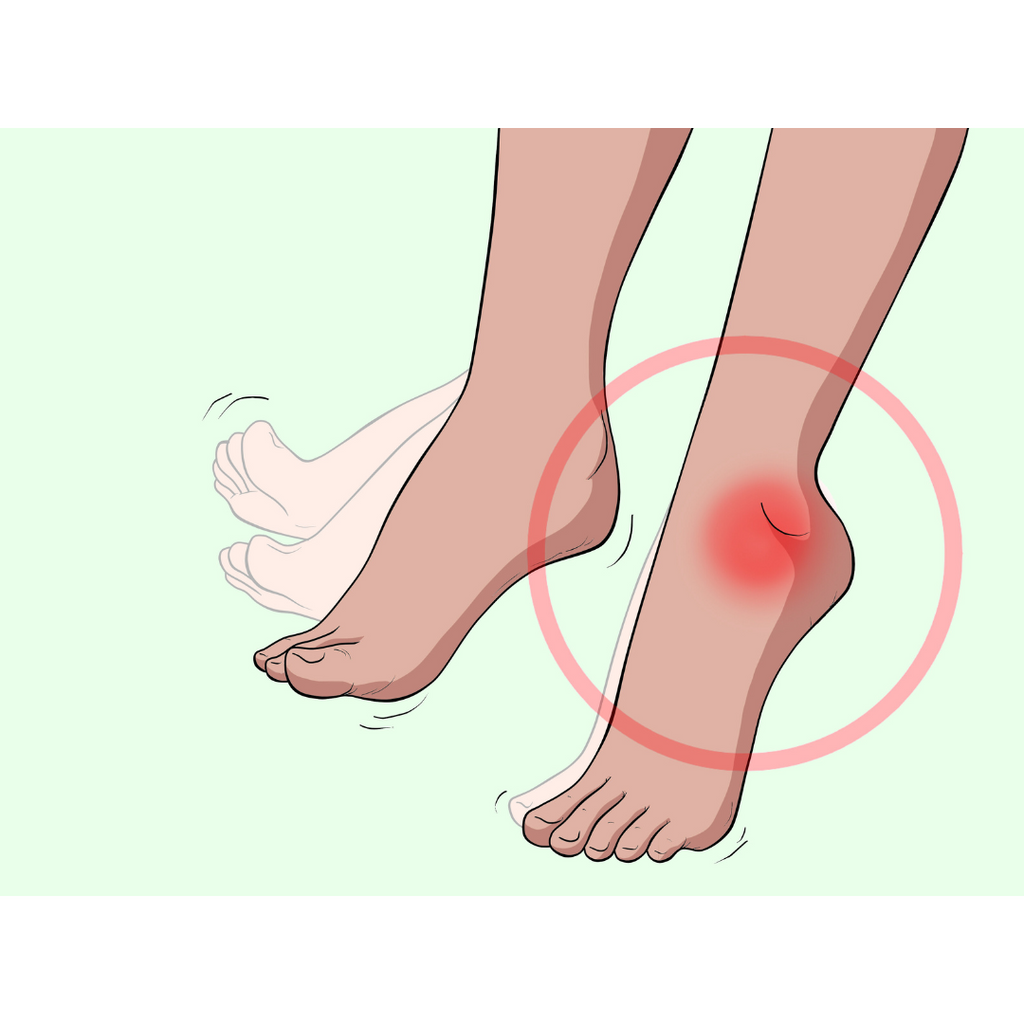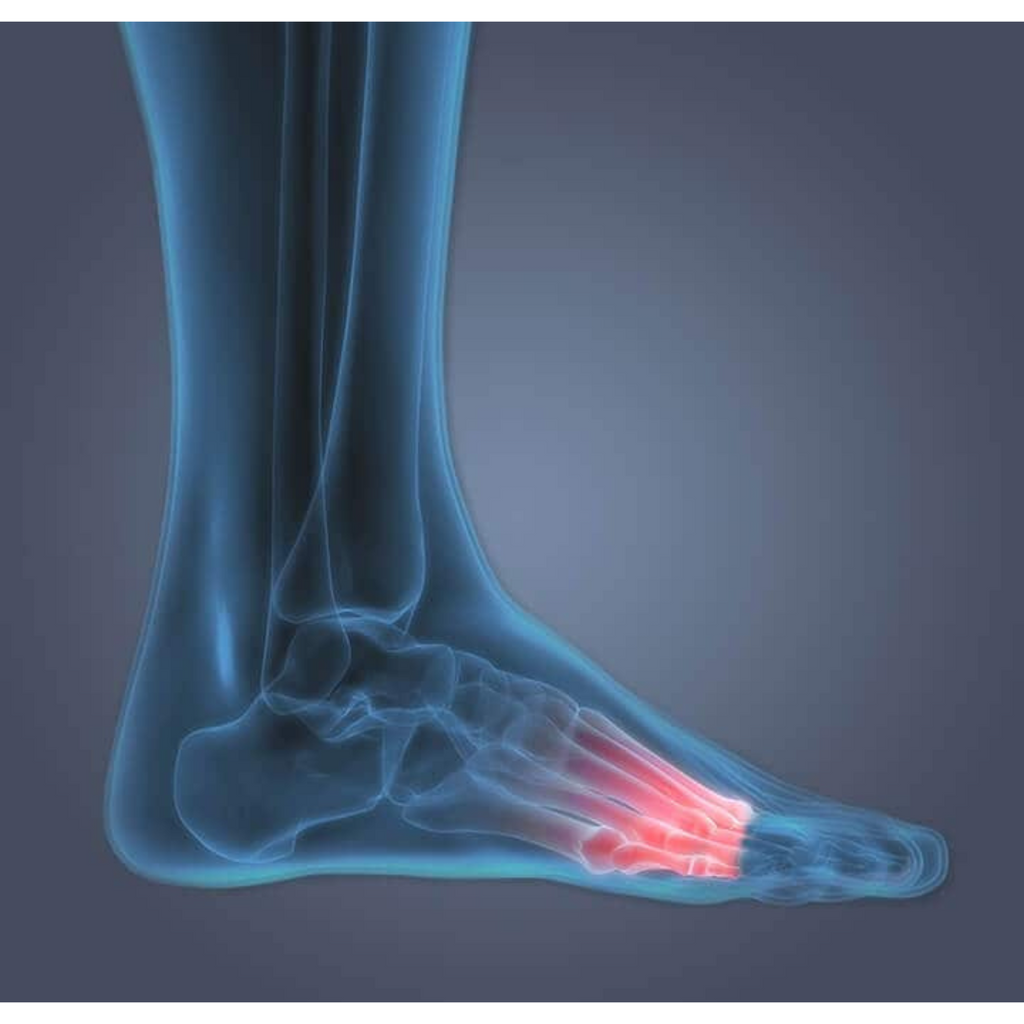One of the most frequently asked questions by people who have flat feet is, "Can a pair of orthotic arch supports truly alleviate my pain?". The answer, it turns out, is a little more complicated than a simple "yes" or "no." To begin, it is critical to understand that arch support insoles cannot "cure" flat feet. The answer, it turns out, is a little more complicated than a simple "yes" or "no." To begin, it is very important to understand that arch support insoles cannot "cure" flat feet.
Flat feet, on the other hand, can cause a variety of painful symptoms in the feet. For decades, orthotic arch supports have been used to treat and often relieve many of these symptoms!
One of the keys to choosing an arch support shoe insert correctly is first understanding what "flat feet" are and why discomfort is so common with this condition.
What Is Flat Feet?
Flat feet, also known as fallen arches, are a common condition in adults and children alike. Normally, the middle of the foot has an upward longitudinal curve known as an arch. A group of tendons and ligaments attached to the heel and foot bones form this arch.
Tendons in the lower leg and ligaments in the footwork together to pull and form the arch of the foot. However, if the tendons do not pull sufficiently, the arch is low or non-existent. This condition of collapsed arches is commonly referred to as flat feet. One or both feet may be affected by flat feet.
The absence of crucial arch support in the foot can lead to a slew of complications. The normal pressure of walking shifts to other parts of the feet in people with fallen arches. If not properly treated, this can result in long-term discomfort, pain, and, in some cases, serious joint and foot problems.
What Causes Flat Feet
Flat feet can develop in newborns or later in life. The condition is frequently inherited.
Flat feet can also be caused by a variety of other factors, including:
-Wearing shoes with inadequate arch support
-Excessive walking or standing in high heels
-Muscle damage caused by excessive strain on the feet
-Ruptured or overstretched tendons
-Abnormality at birth
-The risk of developing flat feet increases with diabetes, pregnancy, obesity, and aging.
How to Get Rid of Flat Feet Symptoms
Treatment for flat feet is determined by the severity of the condition as well as the underlying cause. Conservative care can effectively control the symptoms of flat feet in many cases. Your podiatrist may recommend one or more of the following:
-Orthotic arch supports
-Pain medications
-Regular stretching exercises
-Ice and compression to reduce pain and swelling
-Physical therapy
Wearing an orthopedic arch support can be very helpful in relieving and preventing pain and discomfort in flat feet. In addition, proper foot care and following a consistent home exercise program prescribed by your doctor or physiotherapist can be very effective in preventing and treating symptoms.
It should be noted that the orthotic device cannot "cure" flat feet.
Flat feet, on the other hand, can result in a variety of painful foot symptoms. For decades, orthopedic insoles have been used to treat many of these symptoms, and they have often been effective.
Home Remedy for Painful Flat Feet?
Flat feet pain is rarely discussed, despite the fact that it affects so many people.
Many people find that sometimes a custom-made arch support by a podiatrist is the answer. These can cost hundreds of dollars and often limit the types of shoes you can wear.
However, almost all cases of flat feet can be treated with a pair of over-the-counter orthodontic insoles. Not only does it cost a tenth, but it comes in a variety of shapes and sizes, so you don't have to organize everything from your closet.
Sounds a little too good, but once you understand what flat feet are and how good orthotics can help, you can understand why the solution doesn't have to go bankrupt.
Products That Help Fix Flat Feet
Choose now whichever you want to fight flat feet
The longer you wait to treat flat feet pain, the more difficult it will be and the longer it will take!





